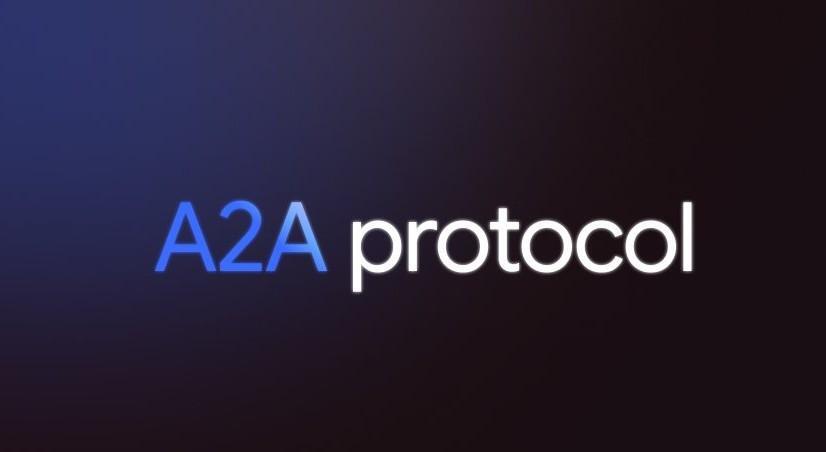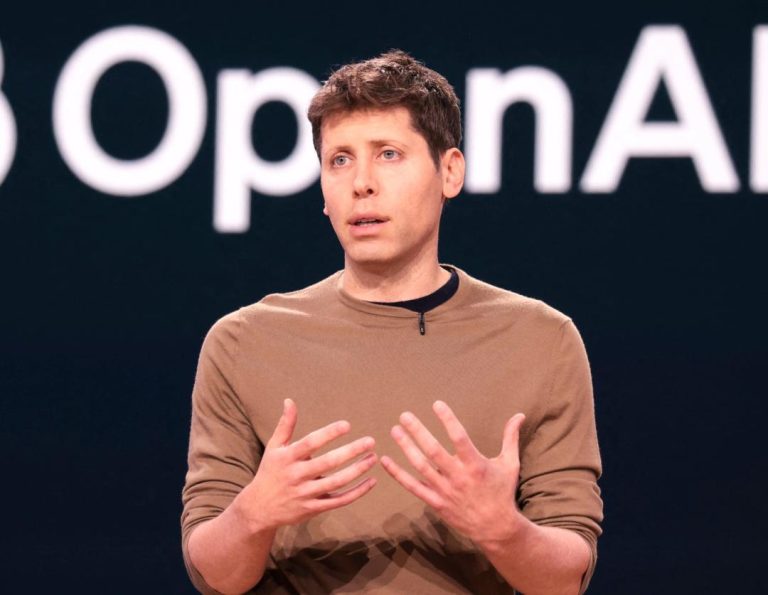
Google Launches A2A Protocol to Enhance AI Agent Synergy
The world of artificial intelligence (AI) has witnessed significant advancements in recent years, with AI agents becoming an integral part of various industries and applications. However, one major challenge that AI agents face is the inability to communicate and work together seamlessly across different systems and platforms. Google has taken a major step to address this issue by launching Agent2Agent (A2A), a new open-source protocol that enables AI agents to communicate with each other, securely exchange information, and coordinate actions over various enterprise platforms or applications.
The launch of A2A marks a new era of agent interoperability, allowing developers to build AI agents that can connect with any other agent built using the protocol. This breakthrough has far-reaching implications for industries such as customer service, healthcare, finance, and more, where AI agents are being used to automate tasks, enhance customer experience, and improve decision-making.
What is A2A Protocol?
A2A is an open-source protocol that enables AI agents to communicate with each other using a standardized language. This protocol is designed to enable agents to securely exchange information, coordinate actions, and work together seamlessly across different systems and platforms. A2A is built on top of the widely adopted MQTT (Message Queuing Telemetry Transport) protocol, making it easy to integrate with existing infrastructure.
Key Features of A2A Protocol
A2A protocol offers several key features that make it an ideal solution for building AI agents that can work together seamlessly:
- Agent Interoperability: A2A enables AI agents built using different technologies and platforms to communicate with each other seamlessly.
- Security: A2A protocol provides end-to-end encryption and authentication, ensuring that sensitive information is protected from unauthorized access.
- Scalability: A2A is designed to handle large volumes of data and high-traffic scenarios, making it suitable for large-scale enterprise applications.
- Flexibility: A2A protocol is highly flexible, allowing developers to customize the protocol to suit their specific use cases and requirements.
Benefits of A2A Protocol
The launch of A2A protocol offers several benefits to developers, businesses, and industries that rely on AI agents:
- Improved Efficiency: A2A enables AI agents to work together seamlessly, reducing the need for manual intervention and improving overall efficiency.
- Enhanced Customer Experience: A2A protocol allows AI agents to provide personalized services and support to customers, enhancing their overall experience.
- Increased Productivity: A2A enables AI agents to automate tasks, freeing up human agents to focus on higher-value tasks and improving overall productivity.
- Cost Savings: A2A protocol reduces the need for manual intervention and improves efficiency, resulting in significant cost savings for businesses.
Use Cases for A2A Protocol
The A2A protocol has numerous use cases across various industries, including:
- Customer Service: A2A enables AI agents to work together to provide personalized services and support to customers.
- Healthcare: A2A protocol allows AI agents to share patient data and coordinate care, improving patient outcomes and reducing medical errors.
- Finance: A2A enables AI agents to work together to provide personalized financial services and support to customers.
- Manufacturing: A2A protocol allows AI agents to coordinate production processes, improving efficiency and reducing costs.
Conclusion
The launch of A2A protocol by Google marks a significant milestone in the development of AI agents and their ability to work together seamlessly. This breakthrough has far-reaching implications for industries and applications where AI agents are being used to automate tasks, enhance customer experience, and improve decision-making. With A2A protocol, developers can build AI agents that can connect with any other agent built using the protocol, enabling seamless communication, secure information exchange, and coordinated actions.
Source:
https://developers.googleblog.com/en/a2a-a-new-era-of-agent-interoperability/






